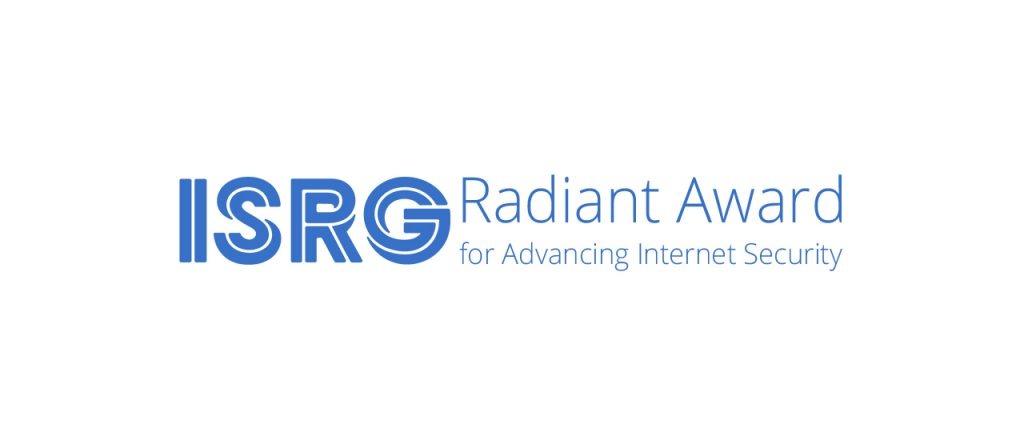Managing a Chaotic Heterogeneous Network? You’re Not Alone
Today’s reality is multi-vendor, hybrid environments that are hard to manage and secure. Those who can overcome these challenges can deliver greater performance and enhanced functionality for end users.
Using Virtual Labs When Developing Network Automation Solutions
One of the fundamentals I always emphasize in introductory parts of my network automation workshops and online courses is the fact that we’re about to develop software that will control the most-mission-critical part of IT infrastructure, and should therefore use software development methodologies like version control, testing…
However, there’s a “small” glitch. While it’s perfectly possible to test most software in some virtual environment you can spin up on-the-fly using Vagrant, Docker, Jenkins, Travis, or some other CI/CD tool, testing a network automation solution requires access to network devices.
Read more ...Packet and Wasabi Take On Amazon, Provide Cloud Compute and Storage
 “Nobody gets to keep a lock on cloud computing,” Wasabi CEO David Friend said. “As much as Amazon would like to, it’s going to be a multi-cloud world.”
“Nobody gets to keep a lock on cloud computing,” Wasabi CEO David Friend said. “As much as Amazon would like to, it’s going to be a multi-cloud world.”
Podcast: The Future of Network Architectures and the Self-Driving Network™
 Enterprise network architectures are being reshaped using tenets popularized by the major cloud properties. This podcast explores this evolution and looks at the ways that real-time streaming telemetry, machine learning, and artificial intelligence affect how networks are designed and operated.
Enterprise network architectures are being reshaped using tenets popularized by the major cloud properties. This podcast explores this evolution and looks at the ways that real-time streaming telemetry, machine learning, and artificial intelligence affect how networks are designed and operated.
Comcast Leads Trellis, an Open Source Data Center Switching Fabric
 In working with the ONF, Comcast is breaking with a long cable tradition of not sharing technology and innovation ideas with competitors.
In working with the ONF, Comcast is breaking with a long cable tradition of not sharing technology and innovation ideas with competitors.
Facebook, Google, and Uber Join Open Source Compliance Project OpenChain
 The Linux Foundation project OpenChain is developing an overarching standard for creating a quality compliance program that companies can apply across the supply chain.
The Linux Foundation project OpenChain is developing an overarching standard for creating a quality compliance program that companies can apply across the supply chain.
Big Switch Brings Big Monitoring Fabric to AWS
 The company has a similar product for Microsoft Azure that is slated to enter beta next year. Google Cloud is on the roadmap for future support.
The company has a similar product for Microsoft Azure that is slated to enter beta next year. Google Cloud is on the roadmap for future support.
BiB 066: Why Cloud Visibility Matters
Complex cloud applications need decent visualizations to help infrastructure engineers understand what's going on. For cloud visibility, Kentik absorbs AWS & GCP flow logs, with Azure support coming. Kubernetes & Istio are also data providers to Kentik. Using the Kubernetes API, Kentik correlates pod IPs to pod names and cluster namespaces. With that information, Kentik can visualize pod to pod and service to service traffic flows within a Kubernetes cluster.
The post BiB 066: Why Cloud Visibility Matters appeared first on Packet Pushers.
Jason Donenfeld Honored with the ISRG’s Radiant Award

Earlier this week Jason Donenfeld received the Radiant Award from the Internet Security Research Group. Jason is an accomplished engineer and a creative thinker, which makes his work clean, simple, and takes it a step beyond – most notably in WireGuard, an open-source secure VPN tunnel.
 We are proud to have enabled this award. Let me explain why.
We are proud to have enabled this award. Let me explain why.
At the Internet Society we care a great deal about the technologies that help to establish trust between people around the globe, while those people may have never interacted before.
One of the groups we proudly partner with is the Internet Security Research Group, the non-profit behind the Let’s Encrypt initiative. In the 4 years since Let’s Encrypt was launched, it has changed the landscape of web traffic encryption. Whereas in 2014 around 30% of pages loaded by Firefox where loaded over a secure channel, that number has increased to over 75% by now. I believe that rise in secure web traffic is in large part the result of the work by Let’s Encrypt.
Before 2014 it was somewhat costly to get a web certificate, a critical piece of authentication material that is the basis of establishing global trust. Both Continue reading
PQ 160: Inside ArcOS®: The Internet-Scale, Carrier-Grade Network OS (Sponsored)
On today's Priority Queue we dive into ArcOS®, a new network OS designed for whitebox routing and switching from our sponsor Arrcus. We examine how the OS was designed, how it differentiates itself from competitors, and explore key use cases.
The post PQ 160: Inside ArcOS®: The Internet-Scale, Carrier-Grade Network OS (Sponsored) appeared first on Packet Pushers.
BT Excludes Huawei From Its 5G Core, Huawei’s CFO Is Arrested in Canada
 Huawei's' chief financial officer who is also the daughter of the founder of Huawei, was arrested in Canada at the request of the United States. The reason for the arrest has not been disclosed.
Huawei's' chief financial officer who is also the daughter of the founder of Huawei, was arrested in Canada at the request of the United States. The reason for the arrest has not been disclosed.
The Rising Costs of Cybersecurity Are Driving IT Modernization
 Regardless of size cybersecurity has become a massive source of frustration for organizations all sizes. A greater percentage of IT spending is now being consumed by cybersecurity products and services.
Regardless of size cybersecurity has become a massive source of frustration for organizations all sizes. A greater percentage of IT spending is now being consumed by cybersecurity products and services.
Last Month in Internet Intelligence: November 2018

In November, we saw fewer significant Internet disruptions in the Oracle Internet Intelligence Map as compared to prior months. As usual, there were hundreds of brief issues with limited impact and generally unknown causes, but the most notable issues last month were due to reported DDoS attacks, problems with terrestrial and submarine cables, and general network issues.
DDoS Attacks
On November 4 and 5, several Cambodian ISPs were targeted by DDoS attacks described as the “biggest attacks in Cambodian history.” Published reports indicated that ISPs including EZECOM, SINET, Telcotech, and Digi were targeted by DDoS attacks totaling nearly 150 Gbps, causing subscriber downtime lasting as much as half a day. Disruption from the attacks was visible in the Country Statistics view for Cambodia in the Internet Intelligence Map, as shown in the figure below. However, because Internet connectivity remained generally available (albeit impaired) across the country, the impact appears nominal in the graphs.

However, when viewed at a network level, the impact of the attacks appears to be more significant. SINET, one of the ISPs targeted by the DDoS attacks, posted a Tweet on November 5 letting users know that they were under attack, and followed up Continue reading
Vendors Ramp Up 5G Momentum With NSA 5G NR Tests in mmWave Spectrum
 Ericsson, Nokia, Qualcomm, and Samsung have all recently conducted tests of 5G networks based on the Non-Standalone 5G New Radio (NSA 5G NR) standard.
Ericsson, Nokia, Qualcomm, and Samsung have all recently conducted tests of 5G networks based on the Non-Standalone 5G New Radio (NSA 5G NR) standard.